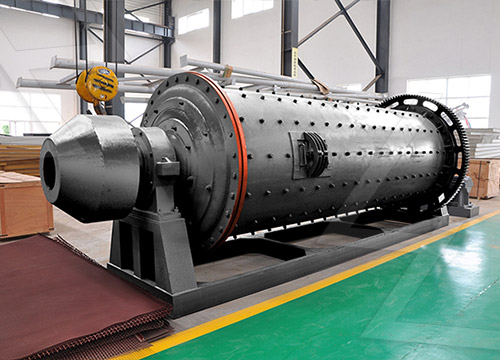A ball mill is a key piece of equipment in the process of cement production. It is used for grinding and crushing materials into powder form by applying mechanical force. The ball mill allows for a continuous and efficient grinding process, which helps in the production of high-quality cement.

Components of a Ball Mill:
- Feeding: The raw materials, such as limestone and clay, are fed into the mill at a controlled rate through a hopper.
- Rotating Cylinder: The mill consists of a hollow cylindrical shell that rotates about its axis. This rotation causes the grinding media (balls) inside the mill to drop and impact the raw materials, breaking them into smaller particles.
- Grinding Media: Typically, steel balls are used as grinding media in the ball mill. The varying sizes of these balls help grind the raw materials to the required fineness.
- Liners: The inner surface of the mill is lined with wear-resistant material to protect it from the abrasive nature of the processed materials.
Working Principle:
As the mill rotates, the grinding media crush and grind the raw materials. The ground material, referred to as “raw meal,” exits the mill and is transported to the next stage of the cement manufacturing process.
Role in Cement Production:
- Raw Material Grinding: The primary function of the ball mill is to grind and homogenize the raw materials to form a consistent and uniform mixture. This raw meal is then fed into the kiln for the next stage of the cement manufacturing process.
- Clinker Grinding: After the raw meal is calcined in the kiln to produce clinker, the clinker is ground in the ball mill along with gypsum and other additives to produce cement. The fineness of the cement is crucial, and the ball mill ensures that the final product meets the required specifications.
Efficiency and Optimization:
Efficient operation of the ball mill is essential for cement production. Various factors, such as mill speed, grinding media size, and liner design, impact the efficiency of the mill. Regular maintenance, monitoring of key parameters, and optimization of the grinding process contribute to higher efficiency and lower energy consumption.
Environmental Considerations:
The cement industry is increasingly focusing on sustainable practices. While the ball mill is a vital component in cement production, efforts are made to optimize its energy efficiency and reduce environmental impact. Technologies like vertical roller mills and high-pressure grinding rolls are alternative options that aim to improve efficiency and reduce the carbon footprint of cement production.
The ball mill plays a crucial role in the cement production process. It is a versatile and efficient device for grinding and blending materials, ensuring the production of high-quality cement. As the cement industry continues to evolve, advancements in technology and sustainability will likely influence the design and operation of ball mills to meet the growing demands for efficient and environmentally friendly cement production.
